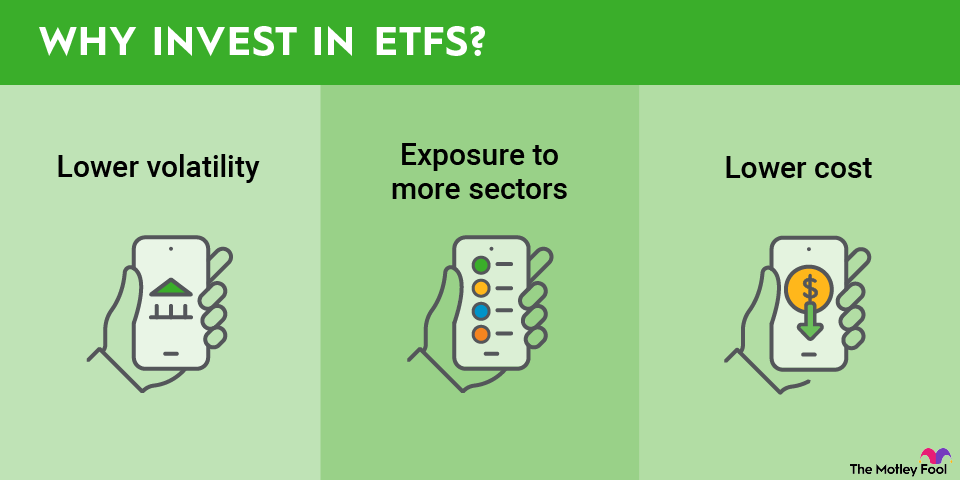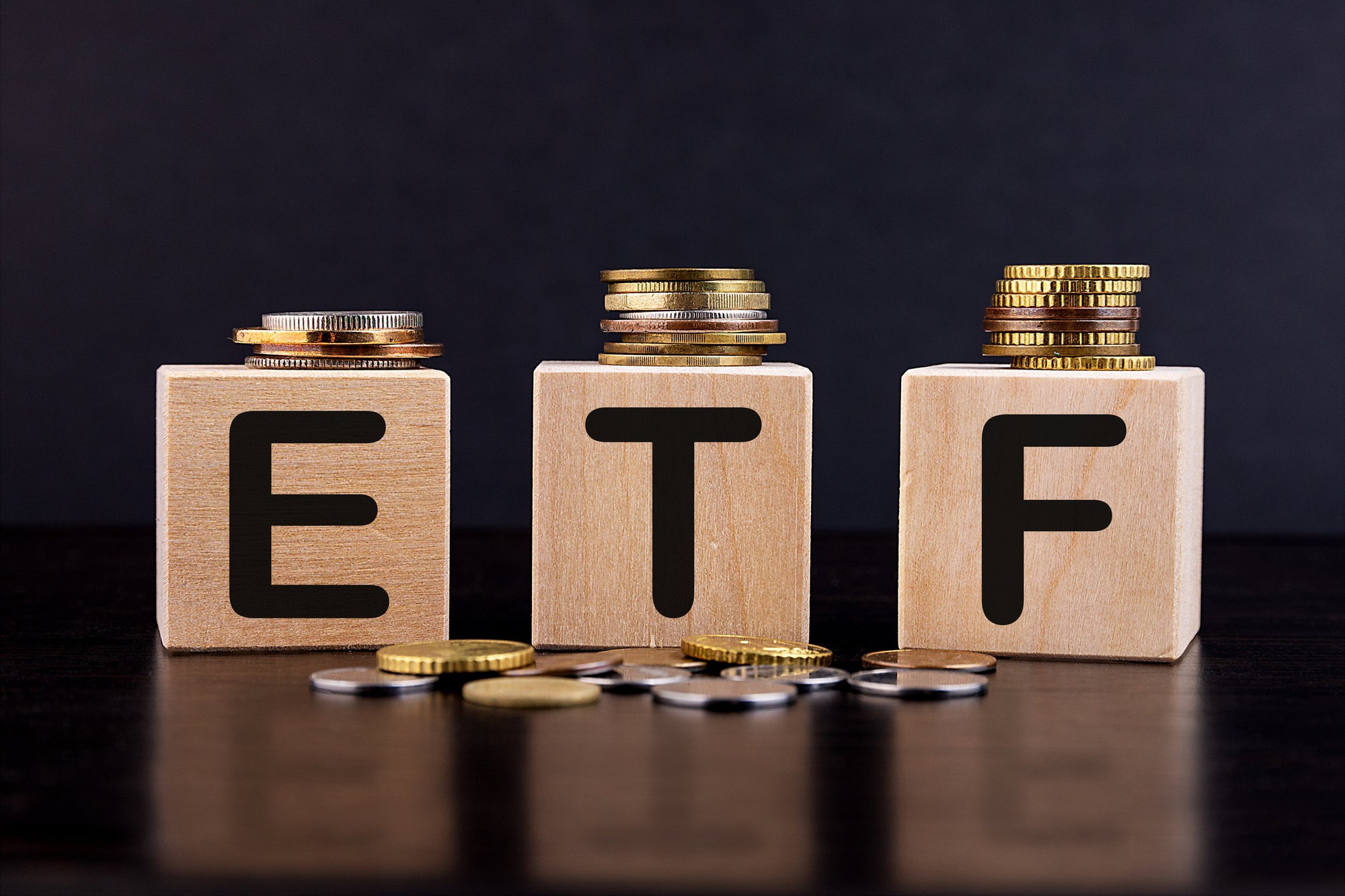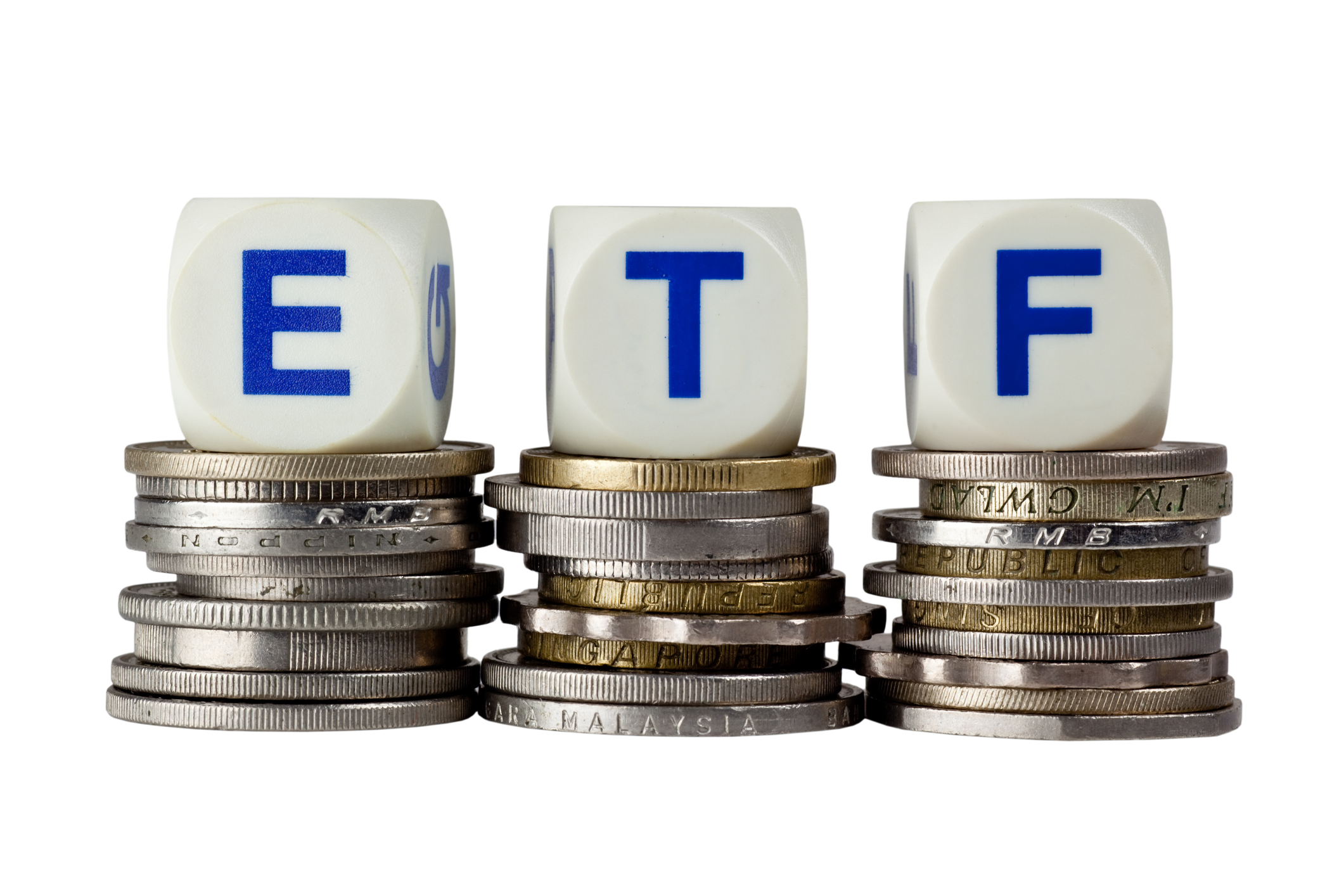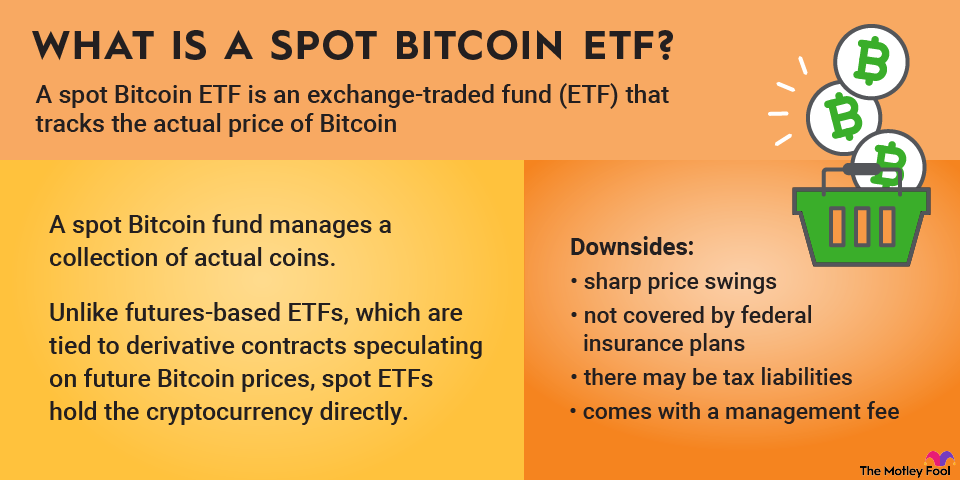Treasury exchange-traded funds (ETFs) are a popular way for investors to access the safety and stability of U.S. government debt without the hassle of buying individual bonds. These ETFs hold baskets of U.S. Treasury securities, which are backed by the full faith and credit of the U.S. government. That makes them one of the lowest credit-risk investments available.
In times of market volatility or economic uncertainty, investors often move into Treasuries as a flight to safety. These funds also tend to perform well when interest rates are falling, like during recessions, since central banks may cut rates or even restart bond-buying programs, such as quantitative easing.

While you can buy Treasuries directly through TreasuryDirect, many investors prefer Treasury bond ETFs because they're easier to buy and sell, available on any brokerage platform, and typically pay interest monthly instead of semiannually.
Treasury ETFs have become a go-to option for adding income, diversification, and downside protection to a portfolio. Here's what you need to know before adding them to yours.
The best Treasury bond ETFs for 2025
Treasury bond ETFs may seem complex if you're used to investing in stocks, but they're actually pretty simple once you understand how they work. In this list, we'll go over some of the biggest, cheapest, and most diversified Treasury bond ETFs available today and help you figure out which one might be right for your portfolio.
1. iShares U.S. Treasury Bond ETF

NYSEMKT: GOVT
Key Data Points
2. SPDR Portfolio Treasury ETF

NYSEMKT: SPTB
Key Data Points
5. Schwab Intermediate-Term U.S. Treasury ETF
Benefits and risks of investing in Treasury bond ETFs
Key benefits:
- They provide steady monthly distributions, making them useful for income-focused investors.
- Interest is exempt from U.S. state and local taxes, boosting after-tax returns.
- They are backed by the full faith and credit of the U.S. government, making them among the safest credit-quality investments available.
Key risks:
- They can be sensitive to interest rate movements; rising rates reduce bond prices, with longer-maturity Treasury ETFs hit hardest.
- Unlike individual Treasury bonds, most Treasury ETFs can't be held to maturity to guarantee principal repayment.
- The low correlation with stocks doesn't always hold true. In 2022, for example, both Treasuries and equities fell together as inflation and rates spiked.















